Merlot Red Wine Grapes - Characteristics Taste & Color
All About Merlot Red Wine Grapes - Characteristics, Taste & Color
There’s a reason the merlot grape became a cornerstone of craftsmanship for centuries—it flourishes in diverse environments, adapts to different production methods, and delivers a consistently smooth experience. After years of walking through vineyards, speaking with producers, and sampling straight from the barrel, we’ve seen firsthand how many factors shape its final expression.
In this guide, we’ll break down what sets this cultivar apart—its defining attributes, how its appearance shifts over time, and why it remains a favorite in cellars worldwide.
Top 5 Takeaways
-
Rich History & Global Reach – First cultivated in one region, now grown across diverse regions worldwide.
-
Highly Adaptable – Thrives in both cool and warm climates, influencing structure and depth.
-
Versatile in Style – Enjoyed fresh or aged, offering a broad spectrum of flavors and complexity.
-
Evolves Over Time – Starts vibrant and deepens with maturity, revealing layered nuances.
-
Lasting Influence – A cornerstone of craftsmanship, consistently valued across generations.
Understanding the Fruit
Noted for a rich texture, velvety to the touch, and a quick maturation process compared to its relative, Cabernet Sauvignon, Merlot soon gained popularity.
Post inception, various wine regions embraced Merlot, each offering a unique take on this versatile grape. Regions producing Merlot span worldwide, from Bordeaux's gravelly soils to California's sun-drenched vineyards and Chile's high-elevation slopes.
Bordeaux's cool climate and limestone-rich soils yield a more structured, tannic Merlot, filled with dark fruit flavors. In contrast, California's warm climate produces a plush, fruit-forward Merlot. Chile, with its cold nights and hot days, delivers a balanced blend of fruit and tannins.
Its Unique Characteristics
Merlot, a red wine grape variety, shines through its distinctiveness. Versatility defines this variety, yielding rich, full-bodied, expressive wines.
Notably, it possesses a significant aging potential. While many prefer to savor this type of wine while it's young, others opt for long-term aging. The quality of the fruit, coupled with winemaking techniques, influences this potential. Through careful aging, it unveils a more complex, deeper flavor profile, presenting delightful layers of fruit, spice, and earthy notes with every sip.
The Taste Profile
It captivates with an impressive palette of rich flavors. This robust red wine boasts a soft, velvety feel on the palate, which is complemented by plum-like, fruity undertones. Hints of black cherry, blackberry, or even chocolate often add complexity to its taste. Such a blend of flavors makes Merlot adaptable for food pairings. Its juicy fruitiness goes well with different meat dishes, like beef or pork, while a hint of sweetness proves delightful with dark chocolate desserts.
Considering its aging potential, it can be enjoyed young or left to age for a more complex flavor. With time, fruity notes might evolve into deeper, earthier hints of leather, tobacco, or coffee.
Color and Appearance
Its visual appeal radiates charm through its vibrant color profile, varying from medium-ruby to deep garnet. This intensity of color, mirroring the grape's maturity and the wine's age, is what defines this masterpiece.
Merlot wines in their youth often display a ruby-red color, lighter than their mature counterparts. With age, their hue deepens, taking on a more robust garnet color. This shift in color intensity isn't just pleasing to the eye but also provides insights into the age progression and likely flavor profile of the wine.
Its Global Impact
It plays an influential role in viticulture and has shaped the wine industry across multiple continents. Its impact on a global scale is evident in:
-
Diverse regions are growing it, from Bordeaux's gravelly soils in France to California's sunlit valleys.
-
Exquisite blends are crafted from it, merging its abundant fruitiness with other varieties for complex, harmonious wines.
-
High production volume, marking it as one of the most frequently planted grape types around the world.
-
Significant economic contributions, with wines based on Merlot playing a vital role in worldwide wine markets.
“The world recognizes Merlot as one of its most adaptable and skilled red wine grapes because of its distinctive quality profile. Through vineyard tours between Bordeaux and Napa and Chile, we experienced first-hand how terroir elements and winemaking methods transform each batch of Merlot into its finished state. People from around the world both trust production houses with Merlot grapes and value the wine itself as a timeless foundation of winemaking.”

Supporting Facts and Statistics
Merlot’s global impact is undeniable. Through years of vineyard visits and tastings, we’ve seen how this varietal thrives. The following key statistics highlight its adaptability, aging potential, and widespread appeal.
1. Merlot’s Global Presence
-
42% of global wine production in 2021 was red wine—and Merlot plays a major role.
-
Its smooth character and early drinkability make it a favorite for both winemakers and consumers.
Source: winesofchile.org
2. The Science Behind Its Evolution
-
Merlot’s color changes from bright ruby to deep garnet as it matures.
-
Studies show that polyphenols enhance color, mouthfeel, and stability over time.
-
This explains its silky texture and complex aging profile.
Source: scirp.org
3. California’s Commitment to Merlot
-
181,115 tons of Merlot grapes were crushed in California in 2023.
-
Napa and Sonoma remain major producers, crafting both blends and single varietals.
-
This ensures Merlot’s lasting presence in the U.S. wine market.
Source: wineinstitute.org
These statistics confirm what we’ve seen firsthand—Merlot’s adaptability, aging potential, and global demand make it a cornerstone of the wine industry.
Final Thoughts: Why This Cultivar Stands the Test of Time
Decades of exploring vineyards, speaking with producers, and experiencing this variety firsthand reveal one key takeaway—its adaptability is unmatched. It balances structure and softness, tradition and innovation, and accessibility and complexity.
What Sets It Apart?
-
Thrives in diverse environments, shaping its final expression based on soil, climate, and technique.
-
Bridges the gap between easy enjoyment and layered complexity, appealing to both casual enthusiasts and collectors.
-
Evolves beautifully—offering fresh, vibrant character in youth and deep, nuanced layers with aging.
Regional Influence Matters
Tasting side by side from different locations highlights how environment transforms its profile:
-
High-altitude regions – Deeper, structured expressions with unexpected depth.
-
Warm valley settings – Bold, fruit-forward interpretations bursting with richness.
-
Cooler climates – More refined, elegant versions with balanced elements.
A Lasting Legacy
-
Remains a cornerstone of craftsmanship despite shifting industry trends.
-
Offers a diverse range of styles, ensuring ongoing appeal worldwide.
-
Continues to evolve, proving that this variety is anything but predictable.
Whether enjoyed fresh or cellared for years, it remains a testament to expertise, environment, and the hands that bring it from vine to glass.
Frequently Asked Questions
What type of grape is used in Merlot?
The type of grape used in Merlot is the Merlot grape. This grape variety is known for its dark blue color and is one of the primary grapes used in Bordeaux wine.
Is Merlot a dry or sweet wine?
Merlot is typically classified as a dry wine. While it can have sweet, fruity notes due to the ripe Merlot grapes used in its production, it does not have a high sugar content or a sweet taste overall.
Is Merlot a Pinot Noir?
Merlot and Pinot Noir are two different types of red wine, each made from a different variety of grape. Merlot is made from Merlot grapes, while Pinot Noir is made from Pinot Noir grapes.
Do Merlot grapes taste good?
Merlot grapes are considered to taste good. They produce a wine with flavors that often include black cherry, raspberry, and plum, along with notes of chocolate, herbs, or vanilla.
What is the mother of Merlot?
The "mother" of Merlot is the Magdeleine Noire des Charentes grape. This is a very old variety that originated in the northern part of France.
Should you refrigerate Merlot?
Merlot wine should not be refrigerated as a regular practice. It is best served at room or cellar temperature, around 60-65 degrees Fahrenheit.
What is the most expensive Merlot wine?
The most expensive Merlot wine is Petrus from Pomerol, France. This wine is renowned for its quality and can sell for thousands of dollars per bottle.
Are Malbec and Merlot the same grape?
Malbec and Merlot are not the same grape. They are two separate grape varieties, each with its own unique flavor profile and characteristics.
Which red grape is sweet?
The red grape that is often considered sweet is the Muscat grape. This variety is known for its sweet and floral flavor.
Can you eat Merlot grapes?
Yes, you can eat Merlot grapes. However, they are typically used for wine production due to their high juice content and distinct flavor.
What kind of grape is Pinot Noir?
Pinot Noir is a type of grape that is used to produce Pinot Noir wine. It is a red wine grape variety of the species Vitis vinifera.
Which red wine grape is dry?
The Cabernet Sauvignon grape is known for producing a dry red wine. This grape variety is one of the most widely recognized and planted in the world.
Join us for a look into our elegant approach to winemaking and gracious hospitality. We welcome our members and their guests by appointment only. Become a member or book an event by visiting CasaLoce.com
Casa Locé
Upper Ojai California
10065 N Ojai Rd, Ojai, CA 93023
https://maps.app.goo.gl/E7YQCnXAFHq1bKz46




